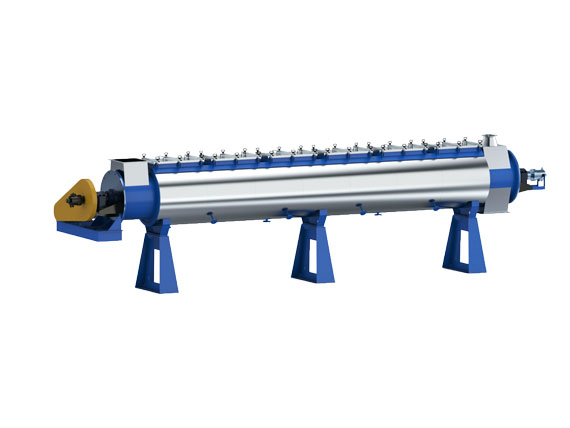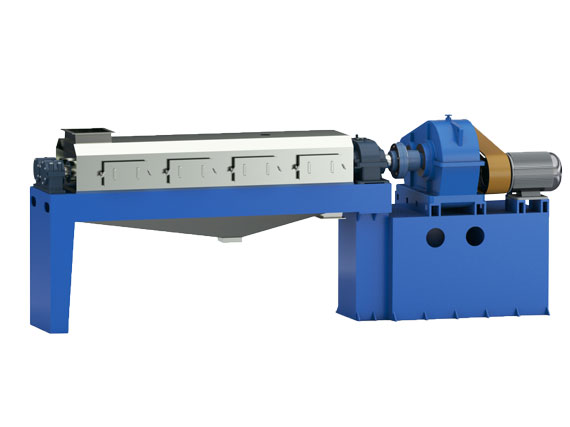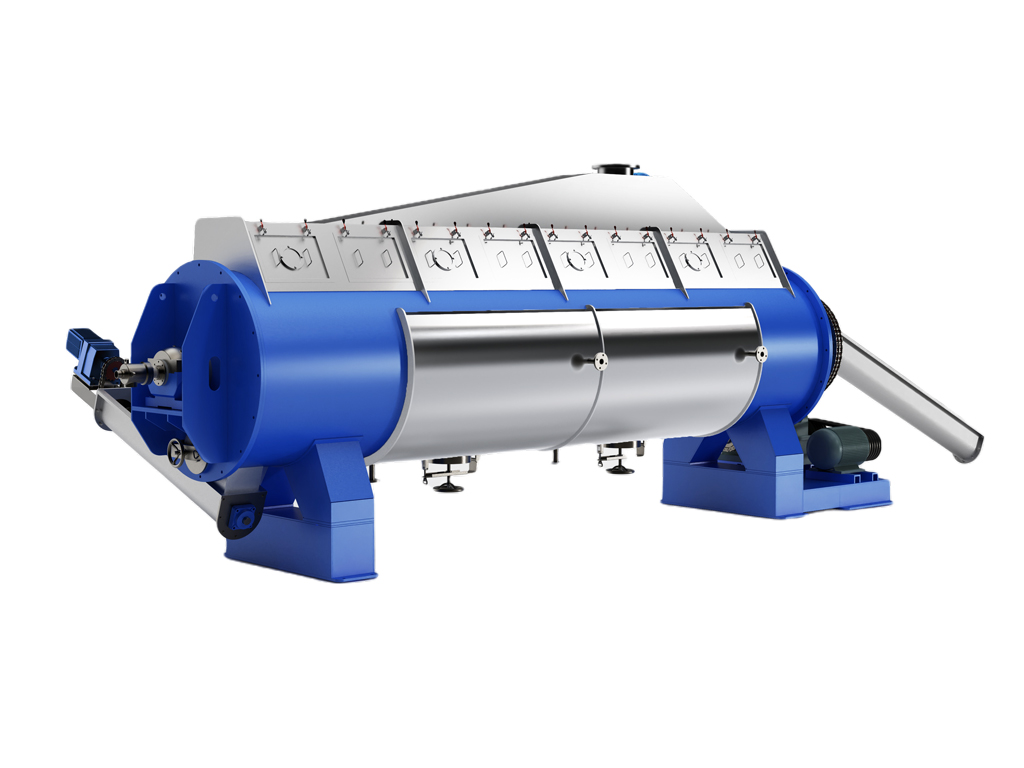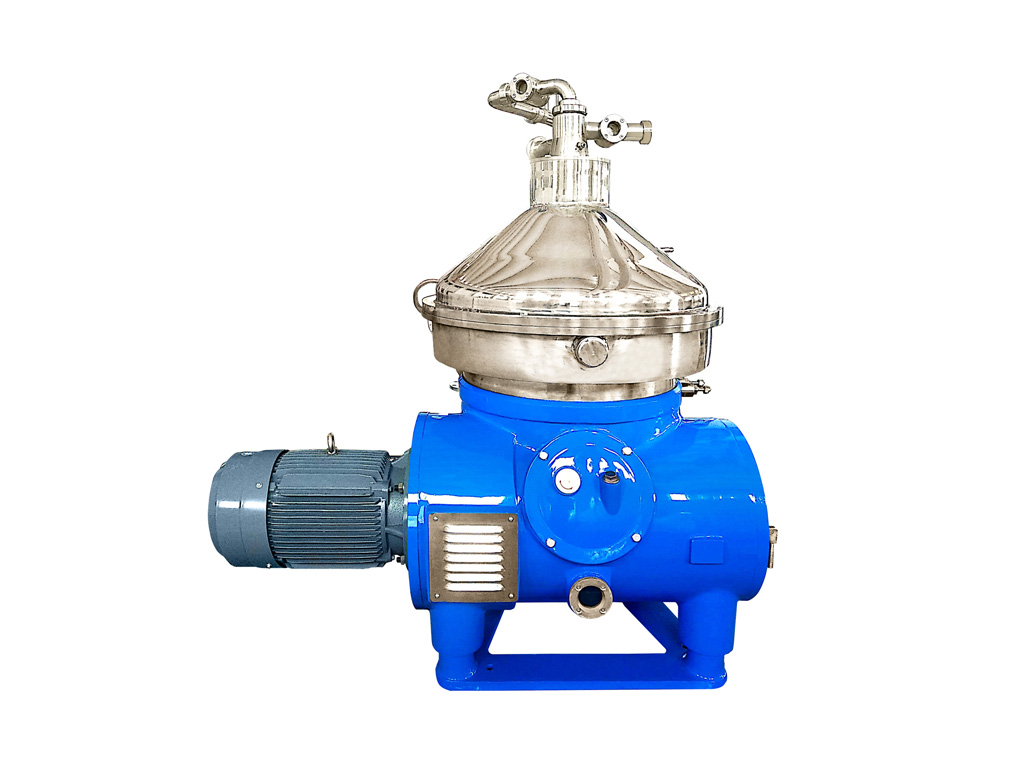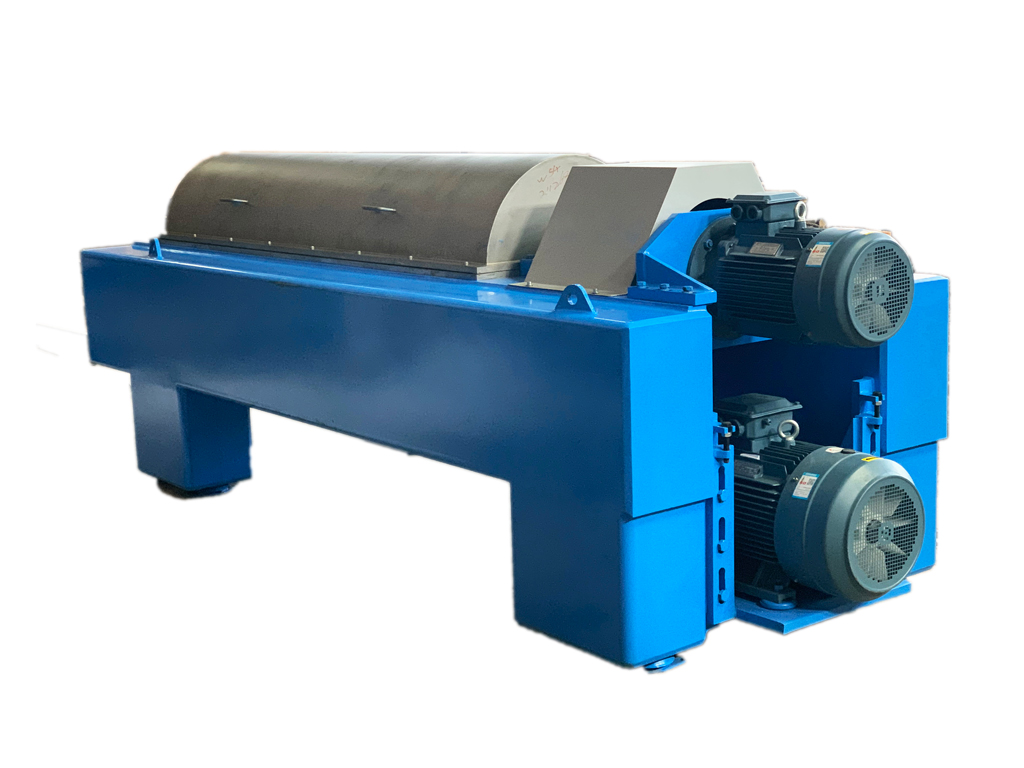Fish meal is a high-protein feed material that uses one or more kinds of fish as raw materials, and is processed by degreasing, dehydration, and crushing. Whether you are a processing enterprise that produces fish meal, or other friends who have come into contact with or are interested in fish meal, here are a few things you need to know about fish meal.
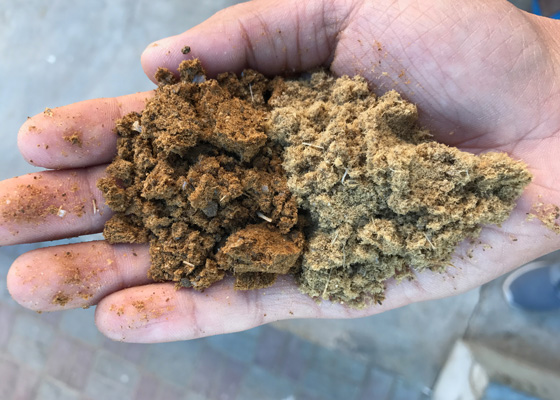
1.The main producing countries of fish meal
The main fishmeal producing countries in the world are Peru, Chile, Japan, Denmark, the United States, the former Soviet Union, and Norway. Herring, cod, Iceland and Norway are mainly capelin, herring, blue whiting, Denmark is mainly bullhead, sardines, herring, Japan and South Africa are mainly sardines.
2. How is fish meal processed?
Large quantities of fish can be processed on fishing vessels at sea or captured and stored until transported to shore for processing in fishmeal processing plants. The approximate processing process is mainly completed through several processing steps of cooking, pressing, drying, grinding and packaging.
3. What is the value of fish meal
Because fish meal contains high-quality protein, it is the main protein raw material for livestock feed, including aquaculture and other feeds. It is rich in calcium and phosphorus, trace elements, B vitamins, and salt.
4.The protein content of fish meal
High-quality fishmeal typically contains 60-72% crude protein. According to different production and processing techniques and raw materials, the content of the fish meal produced is also different. At present, the protein content of high-quality imported fish meal is over 60%, and the protein of domestic high-quality fish meal is over 55%.
5. What types of fish meal are there?
In terms of production areas, fishmeal is mainly domestic fishmeal and imported fishmeal. However, due to the high output and quality of Peruvian fishmeal, some merchants in the market will specifically indicate Peruvian fishmeal.
From the production process of fish meal, fish meal is mainly divided into defatted steam fish meal, semi-defatted fish meal, full-fat fish meal and steam fish meal.
The production process of defatted fish meal is to process the raw fish through a series of processes such as cooking, pressing, solid-liquid separation, oil-water separation, drying, cooling, screening, and crushing.
The production process of semi-skimmed fish meal is basically the same as the production process of defatted fish meal. The difference is that after the oil-water separation of semi-skimmed fish meal, the separated water is collected back into the dryer, mixed with fish meal and dried together, increasing the amount of water. The meal extraction rate of fish meal reduces the loss of muscle tissue caused by the small fish body and the decay of the body of stale fish.
The production process of full-fat fish meal is that after the fish is cooked in the cooking machine, the fish meat and water directly enter the dryer for drying. Without pressing, the water and the cooked fish directly enter the dryer.
The difference of steam fish meal depends on whether the direct fire drying method or the steam drying method is adopted in the processing fish meal equipment. This indirect hot air drying system makes the quality of fish meal better, and most imported fish meal adopts this process.
Feeds Machinery provides the design, manufacture, installation, commissioning and after-sales maintenance of a complete set of fishmeal and fish oil equipment production lines, and provides customers with complete sewage and waste gas treatment solutions to achieve pollution-free fishmeal industry.
Based on years of R&D and production experience of fishmeal plant production lines, Feeds Machinery has launched the Fishmeal Process (FMP), a wet-process fishmeal production process, which is suitable for the production of fishmeal with a raw material capacity of up to 15 tons/hour and above. The produced fishmeal has better quality, high digestibility, low energy consumption and simple operation. If a complete fishmeal and fish oil production and processing system is adopted, the production capacity can be increased by 5% (the digestibility is increased by 3%), and the whole process can be achieved without pollution.
